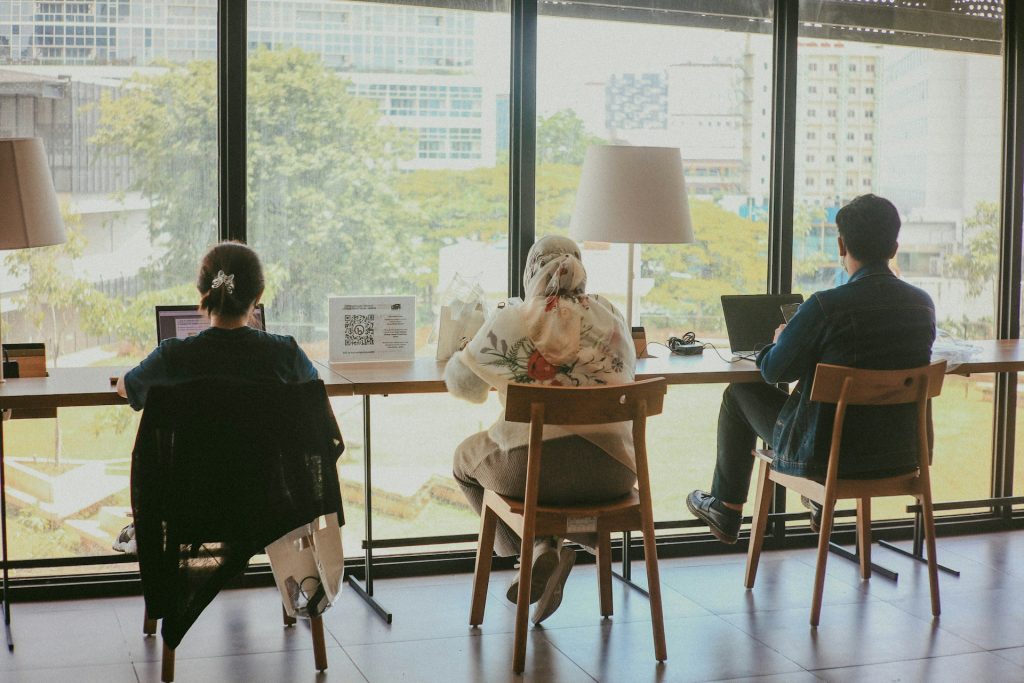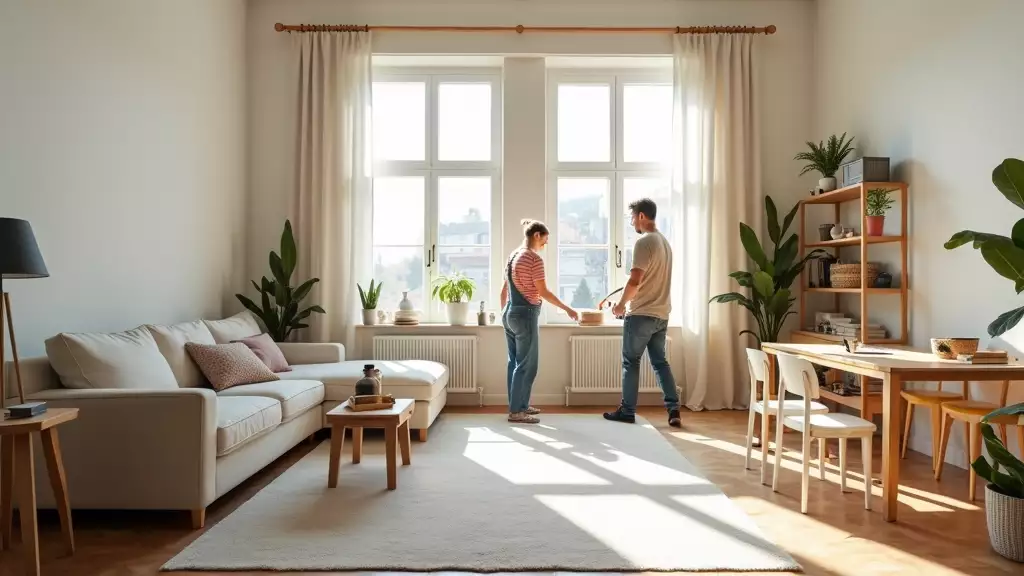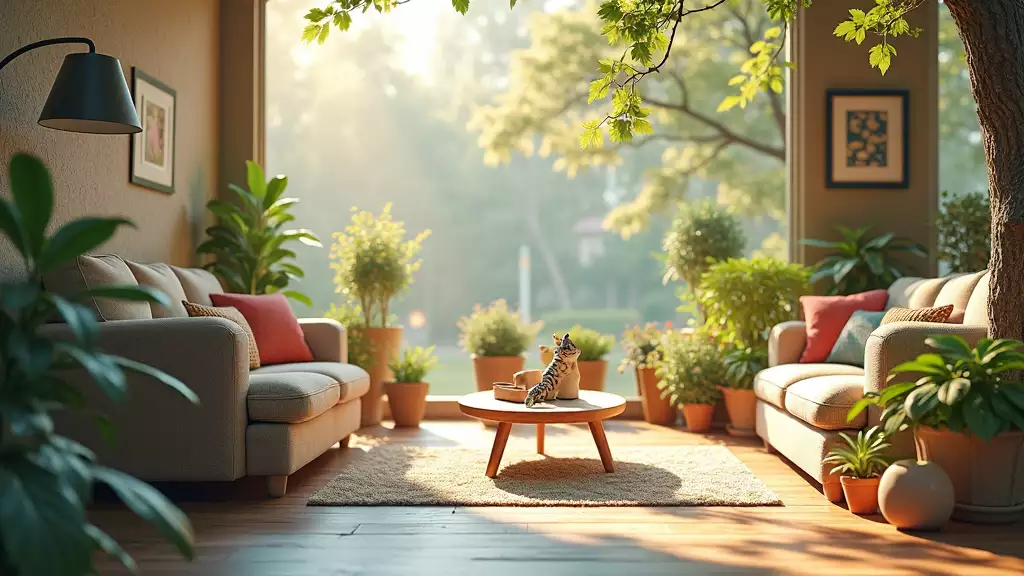A well-designed home is more than just a visually appealing space—it’s a reflection of your lifestyle, personality, and sense of comfort. Whether you are redecorating a single room or revamping your entire home, thoughtful interior design can elevate your daily living experience.
1. Embrace Open Spaces
Open spaces create a sense of freedom and flow. Consider these approaches:
- Declutter: Remove unnecessary furniture and items to make rooms feel more spacious.
- Flexible Layouts: Use movable furniture like modular sofas or lightweight chairs.
- Visual Continuity: Keep flooring and wall colors consistent across connected spaces.
Open spaces enhance light, make rooms feel larger, and improve overall comfort.
2. Play with Proportions
Proportion and scale are critical for a balanced interior:
- Match furniture size to room dimensions—oversized pieces in small rooms can feel cramped.
- Use rugs to define zones and add depth.
- Hang artwork and mirrors at eye level for a harmonious look.
A well-proportioned room feels natural and inviting rather than cluttered or chaotic.
3. Incorporate Statement Walls
A statement wall can transform a room instantly:
- Bold Paint: Use a vibrant or deep color on one wall.
- Wallpapers: Choose patterns that complement your style.
- Textured Panels: Wood, brick, or stone panels add dimension.
Statement walls provide focal points and highlight your design aesthetic without overwhelming the space.
4. Mix Modern and Traditional Elements
Blending styles creates a unique, layered interior:
- Pair sleek, modern furniture with vintage accessories.
- Introduce classic lighting fixtures alongside contemporary décor.
- Combine modern art with antique frames or furniture.
A thoughtful mix of old and new prevents a room from feeling monotonous.
5. Layer Lighting for Ambiance
Lighting defines the mood of your interiors:
- Ambient Lighting: Overhead lights provide general illumination.
- Task Lighting: Desk lamps, reading lights, and kitchen lighting support daily activities.
- Accent Lighting: LED strips, spotlights, or wall sconces emphasize features.
Layering multiple types of lighting allows you to adapt the atmosphere for any occasion.
6. Focus on Textures and Materials
Texture brings warmth and depth to a room:
- Combine soft fabrics like velvet, cotton, or wool with hard surfaces such as metal or stone.
- Add rugs, cushions, and throws to create tactile interest.
- Mix natural materials—wood, rattan, and ceramics—for an organic feel.
Texture variation prevents interiors from appearing flat and adds sophistication.
7. Optimize Storage Without Sacrificing Style
Smart storage solutions keep your home organized and stylish:
- Hidden Storage: Under-bed drawers, ottomans, and benches.
- Vertical Storage: Wall-mounted shelves and bookcases maximize floor space.
- Decorative Storage: Baskets, boxes, and trays maintain visual appeal while keeping clutter at bay.
An organized space feels more serene, functional, and enjoyable to live in.
8. Integrate Greenery
Plants are essential for a fresh, lively atmosphere:
- Small indoor plants for tables, shelves, and windowsills.
- Tall plants in corners to soften hard edges.
- Hanging planters to add dimension and interest.
Greenery also enhances air quality and creates a natural connection within your home.
9. Personalize Every Corner
Your home should reflect your personality and story:
- Display travel souvenirs, artwork, or family photos.
- Incorporate items that hold sentimental value.
- Use color schemes or patterns that resonate with your taste.
Personal touches make a house feel like a true home.
10. Experiment and Evolve
Interior design is an ongoing process:
- Change accessories seasonally for a fresh look.
- Try new textures, colors, or layouts over time.
- Keep a mood board or inspiration folder to track ideas.
Flexibility allows your home to evolve as your tastes and lifestyle change.
Conclusion
Redefining your home involves balancing aesthetics, comfort, and practicality. By embracing open spaces, mixing styles, layering lighting and textures, integrating greenery, and adding personal touches, you can create interiors that are both beautiful and functional. Interior design is a journey—explore, experiment, and enjoy the process of making your living space a true reflection of yourself.







